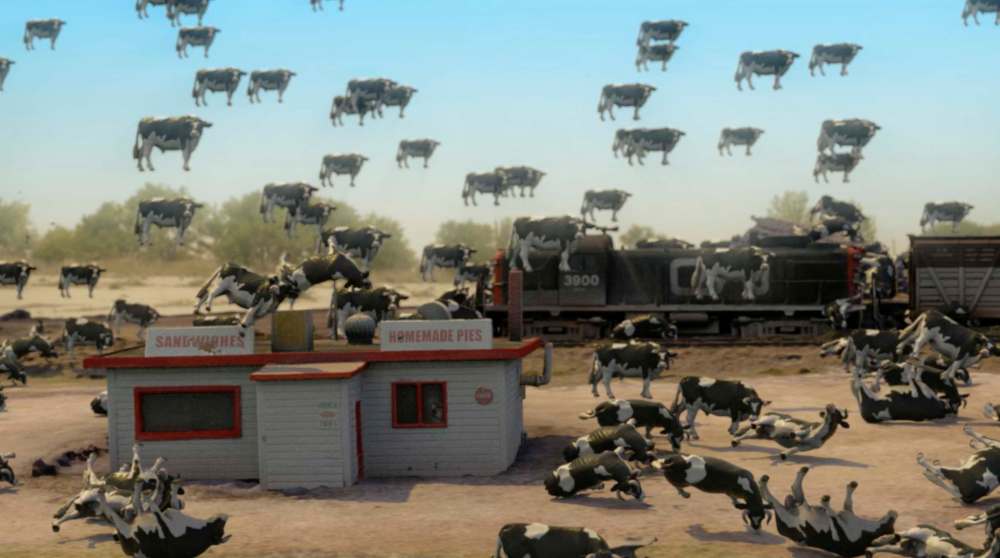Memory, family myth and Winnipeg history
Advertisement
Read this article for free:
or
Already have an account? Log in here »
To continue reading, please subscribe:
Monthly Digital Subscription
$0 for the first 4 weeks*
- Enjoy unlimited reading on winnipegfreepress.com
- Read the E-Edition, our digital replica newspaper
- Access News Break, our award-winning app
- Play interactive puzzles
*No charge for 4 weeks then price increases to the regular rate of $19.00 plus GST every four weeks. Offer available to new and qualified returning subscribers only. Cancel any time.
Monthly Digital Subscription
$4.75/week*
- Enjoy unlimited reading on winnipegfreepress.com
- Read the E-Edition, our digital replica newspaper
- Access News Break, our award-winning app
- Play interactive puzzles
*Billed as $19 plus GST every four weeks. Cancel any time.
To continue reading, please subscribe:
Add Free Press access to your Brandon Sun subscription for only an additional
$1 for the first 4 weeks*
*Your next subscription payment will increase by $1.00 and you will be charged $16.99 plus GST for four weeks. After four weeks, your payment will increase to $23.99 plus GST every four weeks.
Read unlimited articles for free today:
or
Already have an account? Log in here »
Hey there, time traveller!
This article was published 09/02/2019 (2475 days ago), so information in it may no longer be current.
This endlessly inventive and appealing hybrid documentary from Winnipeg filmmaker Danielle Sturk premièred with sold-out screenings at last November’s Gimme Some Truth festival. El Toro returns to Cinematheque this weekend for a five-day reprise run.
The 43-minute film functions first as a specific look back at El Toro, the family-run diner located in St. Boniface’s industrial area in the 1960s and owned by Sturk’s grandparents, Joe and Roma DeGagné.
It’s also an affecting examination of the nature of memory and the bonds of family, as well as a playful expansion of the documentary form.
Sturk and a gang of talented Winnipeg artists basically blow up documentary conventions in ways both whimsically weird and seriously avant-garde. Using myriad forms of animation and representation, some heading toward out-and-out surrealism, they access some complicated truths.
The audio, recorded over a period of years with the filmmaker’s uncles and aunts, recounts the experiences of the DeGagnés and their eight children when they all helped run the restaurant.
“It was a dump,” recalls one of them. “It was a dump, but I loved it.”
These voice-over narratives are immediately recognizable as family chat. Sturk’s subjects sometimes talk over each other, finish each other’s sentences, laugh at shared jokes and occasionally dispute some small detail.
They remember lots of hard work, shared joys — three family weddings came from restaurant meetings — and also tragedy.
Meanwhile, the visuals build up a vivid picture of “a shack in the middle of a muddy parking lot.” This unprepossessing location, one aunt admits, was a bit of a comedown from the DeGagnés’ former businesses in “highfalutin downtown.” But El Toro became a vital community hub, the kind of everybody-knows-your-name joint people now seek to rediscover, with their nostalgia for old-school diners and dives.
Sturk and her creative crew, which includes such talented Winnipeg artists as Diana Thorneycroft, Peter Graham, Rhayne Vermette and Freya Björg Olafson, combine dreamy live-action reconstructions with photo-collage, paper cut-outs, stop-motion animation using dolls and toys and zinged-up archival photographs.
Far from being distracting, this layered visual style suggests the film’s complex mix of memory, family myth and Winnipeg history. One chapter is devoted to the famous winter storm of 1966, when the restaurant cooked all day to feed the folks who couldn’t get home, getting bread from stranded bakery trucks and on-foot deliveries of fresh meat from nearby slaughterhouses.

The narrators reminisce about being restaurant kids, the older daughters doing waitressing shifts during their school lunch breaks, the smaller children being put to sleep on the top of the chest freezer at the end of a long day.
When it seemed like the work was too hard, one aunt says, they thought about the men labouring in the abattoirs and tanneries. Sometimes, she recalls, the meat packers would come in from a long shift still covered in blood.
This reality — of El Toro’s burgers and sausages being served so close to their meat-packing origins — is picked up by the animators, with cows and pigs occasionally floating in or popping up in ways both strange and dark.
It’s this kind of combo — down-to-earth audio narrative paired with wondrous visual imagination — that gives El Toro its idiosyncratic power.
alison.gillmor@freepress.mb.ca

Studying at the University of Winnipeg and later Toronto’s York University, Alison Gillmor planned to become an art historian. She ended up catching the journalism bug when she started as visual arts reviewer at the Winnipeg Free Press in 1992.
Our newsroom depends on a growing audience of readers to power our journalism. If you are not a paid reader, please consider becoming a subscriber.
Our newsroom depends on its audience of readers to power our journalism. Thank you for your support.


